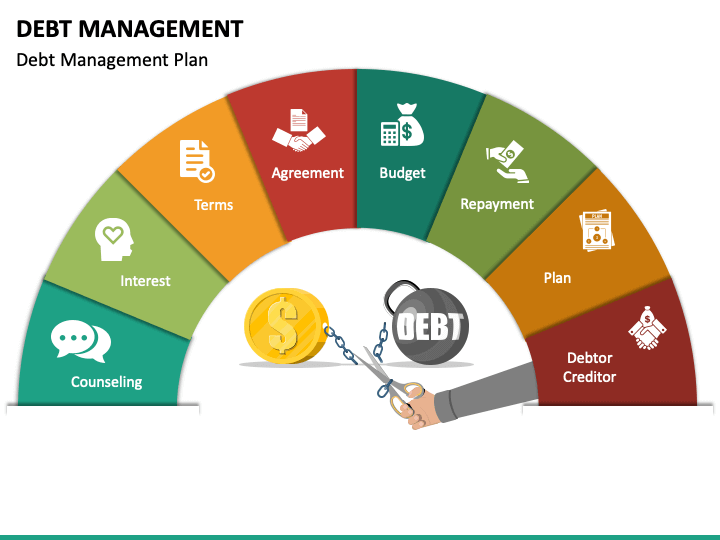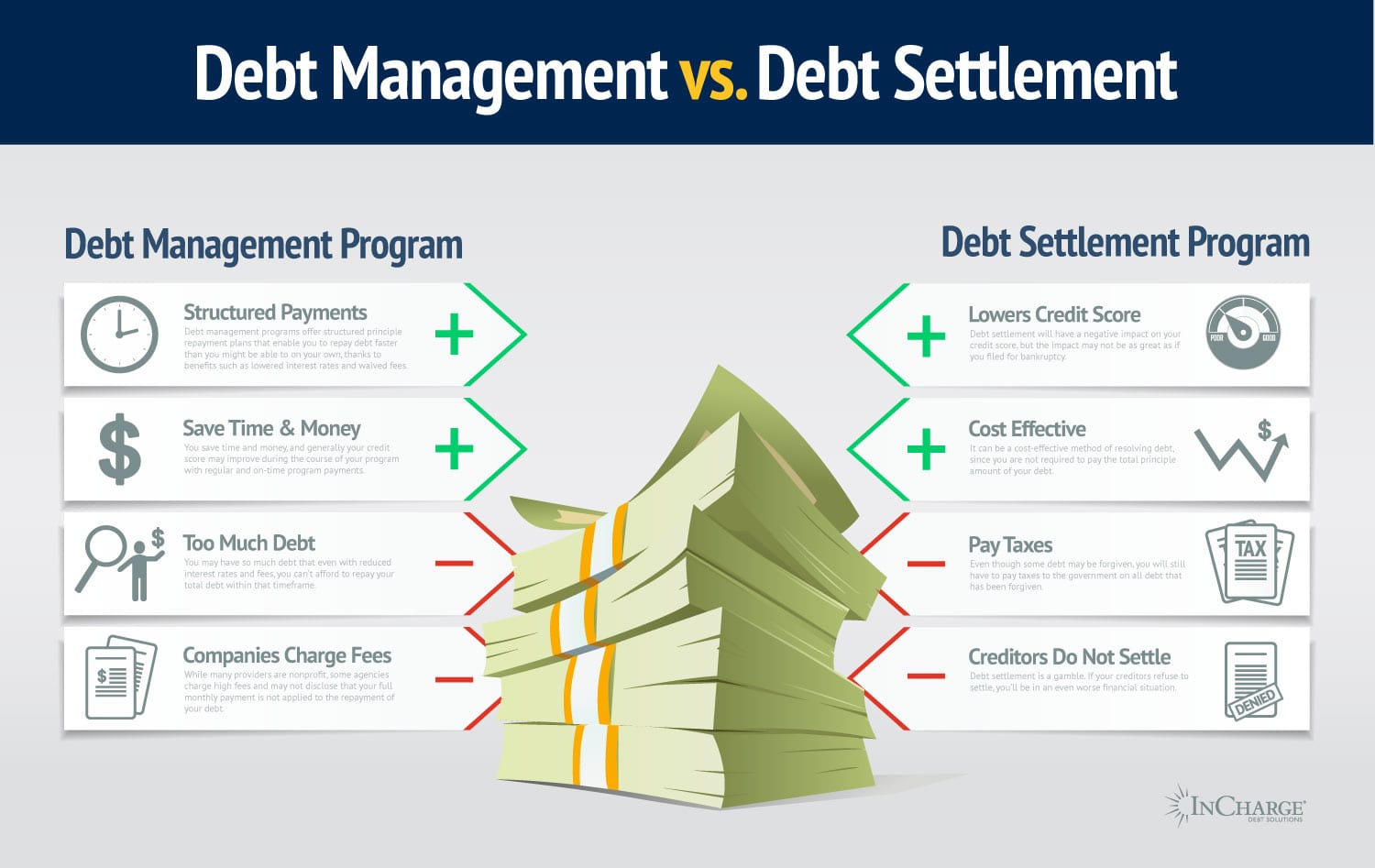Recognizing the Process of Debt Loan Consolidation: More Discussion Posted Here
Recognizing the Process of Debt Loan Consolidation: More Discussion Posted Here
Blog Article
Everything You Required to Know Concerning Developing an Individualized Debt Management Plan
In the realm of personal financing, creating a customized debt administration plan is typically the keystone of achieving financial stability and satisfaction. By diligently assessing your current economic responsibilities, setting attainable financial purposes, and crafting a functional spending plan, you pave the method for reliable financial debt settlement strategies. However, the trip to financial flexibility is not entirely about first preparation; it additionally requires recurring tracking and modifications to ensure continued progression. As you browse the intricacies of creating a customized debt monitoring plan, comprehending the ins and outs of each step is key to your economic success.
Assessing Your Current Financial Debt Situation
One must initially carry out a thorough evaluation of their existing financial debt obligations before creating a reliable financial debt administration plan. Create a thorough checklist of each financial debt, consisting of the overall amount owed, interest rates, minimal regular monthly repayments, and due dates.
After assembling this info, calculate your complete debt-to-income ratio by splitting your monthly financial debt payments by your monthly earnings. This ratio is a key sign of your ability to take care of present debt levels efficiently. In addition, assess your credit rating record to identify any kind of mistakes or discrepancies that might be impacting your credit report. Recognizing these aspects of your economic scenario will assist you in developing an individualized debt monitoring plan customized to your specific demands and objectives.
Setting Financial Goals and Targets

When establishing financial goals, it is essential to be particular, quantifiable, attainable, relevant, and time-bound (WISE) For instance, you might establish an objective to repay a particular amount of debt within a certain timespan, such as minimizing your credit score card equilibrium by $5,000 in the next year - More Discussion Posted Here. By setting clear targets similar to this, you can track your development and remain encouraged to achieve your financial debt management purposes
Additionally, consider prioritizing your financial obligations based on factors such as rate of interest rates, exceptional balances, and settlement terms. By concentrating on high-interest financial obligations initially, you can save cash in the future and accelerate your journey toward monetary freedom. Keep in mind, everyone's monetary situation is one-of-a-kind, so tailor your objectives and targets to fit your private requirements and scenarios.
Producing a Realistic Budget
Crafting a distinct spending plan is a basic action in reliable financial obligation management and economic preparation. A sensible spending plan serves as a roadmap for your financial health, aiding you track your income, costs, and debt repayments. To create a sensible spending plan, start by listing all your resources of revenue.
When establishing spending plan limitations, be straightforward with on your own concerning your investing routines and financial obligations. Allocate a section of your income towards settling financial obligation while guaranteeing you have some funds for emergency situations and cost savings. Regularly testimonial and change your spending plan as required to remain on track with your monetary goals and financial debt repayment strategy. By adhering to a reasonable spending plan, you can efficiently handle your financial debt and job towards an extra safe and secure economic future.
Checking Out Debt Repayment Techniques
After developing a realistic spending plan, the next vital step in effective debt management is to explore different financial debt settlement approaches. One common method is the snowball technique, where you concentrate on repaying the smallest debts first while making minimal settlements on bigger financial obligations. This method can assist construct momentum as you see smaller sized debts being gotten rid of, offering inspiration to take on larger ones.
Another approach is the avalanche technique, which entails focusing on financial debts with the highest interest rates. By targeting high-interest financial debts first, you can reduce the overall quantity you pay in passion over time. This technique may be much more cost-effective in the future, although it might take longer to see specific financial debts totally repaid.
Financial obligation consolidation is an additional choice where you incorporate multiple financial obligations right into a single lending with a lower passion rate. This can streamline your payment procedure and possibly reduce the complete rate of interest paid. However, it's vital to carefully take into consideration the terms and charges related to loan consolidation to ensure it's the right option for your financial circumstance.
Monitoring and Readjusting Your Plan

Adjusting your plan might include reallocating funds to deal with high-interest financial debts first, discussing with financial institutions for reduced rate of interest or much better payment terms, or checking out added revenue resources to expedite financial debt settlement. As your monetary circumstance evolves, your financial obligation administration strategy must adjust as necessary to continue to be reliable. By staying adaptable and positive in surveillance and readjusting your strategy, you can enhance your efforts towards settling your financial obligations efficiently and attaining your economic goals.
Verdict
In conclusion, developing a personalized debt monitoring plan involves evaluating present financial obligation, setting economic objectives, creating a reasonable budget plan, checking out settlement methods, and tracking and adjusting the strategy as needed. By complying with these actions, people can take control of their economic situation and work in the direction of becoming debt-free. It is necessary to remain disciplined and dedicated to the strategy in order to attain long-lasting financial security.
One should initially conduct an extensive assessment of their existing debt commitments before developing a reliable debt management strategy.After developing a reasonable budget plan, the next critical step in efficient debt administration is to discover various financial debt payment methods - More Discussion Posted Here.To efficiently handle your financial obligation, constant surveillance and modification of your financial obligation review administration strategy are essential parts for long-term economic stability.Changing your strategy may involve reallocating funds to deal with high-interest debts initially, discussing with lenders for reduced passion rates or much better settlement terms, or exploring additional earnings resources to speed up financial debt payment.In conclusion, developing a tailored debt monitoring plan includes evaluating current financial obligation, setting economic goals, producing a practical budget, exploring repayment techniques, and surveillance and readjusting the strategy as needed
Report this page